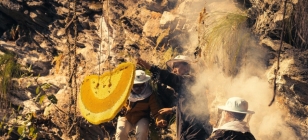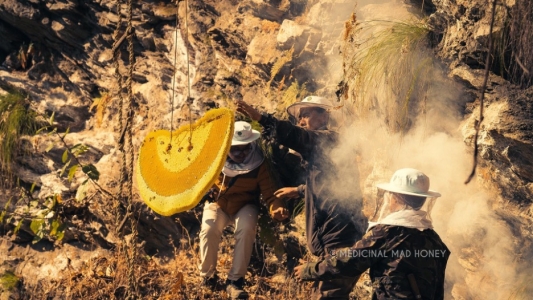Textile Scientists Found a Way to Spot Fake Designer Handbags
Dec 23, 2013 19:09

Want that Valentino bag, Blair Waldorf is carrying? Better make sure you don't get a fake. Scientists have designed a way to detect fake designer handbags now. Finally, science does something truly valuable for the human race:
The team at Cornell, which is headed up by textile scientist Juan Hinestroza—is working on a "sub-visual" technique where the individual fibers in handbags are coated with a brand's signature something-or-other—something invisible to the human eye and completely intangible to the average consumer, but a signifier that can be detected or scanned to prove authenticity.
Ken Kuno, Ph.D., from Notre Dame who is also on Hinestroza's team, says that the signatures can be made by"coating individual cotton fibers, like a bar code."Their work doesn't stop at bags. It can also be used to help detect counterfeit money:
Hinestroza hinted that the U.S. government has also expressed interest in his technology, possibly for use in money, which contains cotton fibers too. But even within the fashion industry, secrecy is the whole point. While the technology to create nanoparticle signatures is still laborious and expensive, if counterfeiters find out which brands use metallic signatures they may devote more resources to copying that trademark as well. It's a ruthlessly successful, multi-billion dollar industry. They're not likely to give up easily.
While he's trying to do detect fake bags, other development teams are also doing the same: Several parties are working on blocking counterfeit clothes in other ways, though. A company called Applied DNA Sciences launched a product last week called "SigNature T," which is strikingly similar to Hinestroza's method. "SigNature T DNA becomes bound to the fiber," the company's press release stated, "...and can be marked and tracked throughout the supply chain...providing a means to authenticate anywhere along the supply chain, from fiber to the finished product; from distributor, to retailer, to consumer."
Will fake bags become a thing of the past? Probably not.






































































